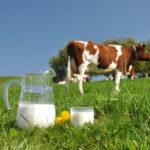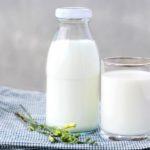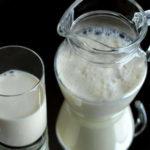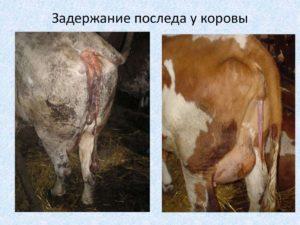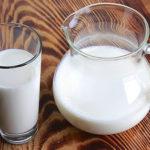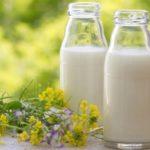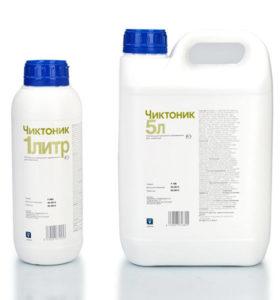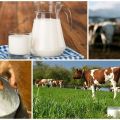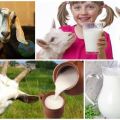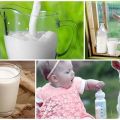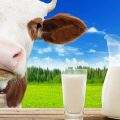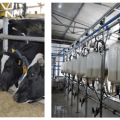What are the ways to determine the fat content of cow's milk at home
The quality of dairy products obtained from their own livestock is important for farmers who receive them for sale. Therefore, the question of how to determine the fat content of cow's milk at home is very relevant. It is easier for livestock breeders with large herds to invest in the purchase of a special apparatus for determining fat content. Housewives raising only a few cows can use simple improvised measurement methods.
What is the fat content of cow's milk
The amount of fat in milk is most often measured on a relative scale, that is, as a percentage of the total mass of the product. For example, 3.2% means that the fat in 100 grams of milk is 3.2 grams. In mass production, the concept of total fat content (in weight units) is used.
Fresh milk is the leader in fat content if stored at a temperature not higher than +7 aboutFrom and no longer than a few hours, after the fats are broken down into other compounds. The fattest milk is considered to be from the Kholmogorsk, Kostroma and Sychevsk cattle breeds - the percentage of fat in it ranges from 3.2% to 4.5%, and in Yaroslavl cows - almost 6.0%.
The following factors can affect the fat content of milk:
- breed of cow;
- features of the content - more fatty milk in cattle, which spends most of the time on free grazing;
- feeding ration;
- age - milk reaches its maximum fat content in cows by 5-6 calving.
In the summer, cows eat more fresh grass and drink plenty of fluids. Therefore, milk becomes much fatter in winter. The average fat content of cow's milk is 3.2-4.5%.
Measuring instruments
To check the fat content of milk immediately after milking, farmers with large herds of cattle often purchase a special device - a butyrometer. Such devices are indispensable for large livestock farms that trade in milk. The product, in which it is necessary to find out the percentage of fat content, should not contain impurities and additives, peroxide and starch, which prolong the shelf life of milk.
With a butyrometer, you can determine the fat level from 0 to 6%. The device looks like an elongated tube consisting of narrow and wide parts. After placing the milk sample in the device, it will need to be heated and separated to separate the product components.
Method of using butyrometer:
- milk is poured into the tube;
- a compulsory component for determining fat content is added - concentrated sulfuric acid. Thanks to the substance, a reaction begins, dividing the product into fat and whey parts. On the border of contact of two media, a clear border is formed;
- isoamyl alcohol is poured in.
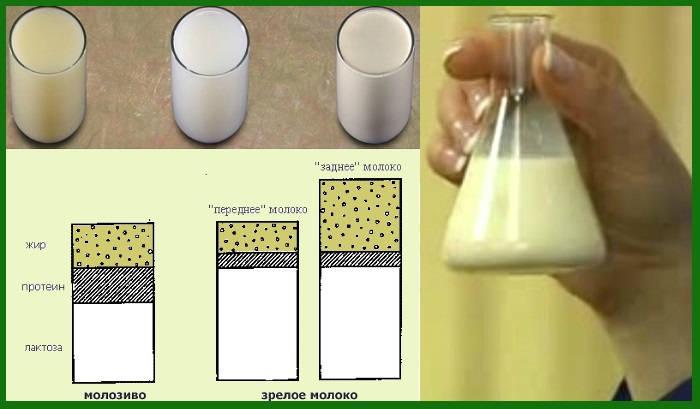
The butyrometer must be closed so that milk does not flow out of it during the measurement procedure, does not stain the laboratory surfaces and staff clothing, and the loss of the product does not affect the test results.
The device is placed in a water bath, which is purchased complete with a butyrometer, and heated to 65-70 aboutFROM.
It is important to control the heating temperature with a thermometer so as not to spoil the product and not get a false result. After that, the butyrometer is placed in a centrifuge, where, as a result of exposure to milk at 1000 rpm, it is separated into fat and whey. The result (fat percentage) is determined on the scale of the butyrometer.
Determination of fat content at home
To find out the fat content of milk yourself, you need to prepare a fresh sample of the product and a clean glass, the walls of which are strictly vertical. At a height of 10 centimeters from the bottom of the dish, a marker is made. Milk must be poured into a glass up to the drawn line. If it has managed to settle, it needs to be shaken.
The container with milk should be left for 6-8 hours, after which the result should be assessed. The cream will be at the very top, and the thinner product will be at the bottom. The thickness of the cream layer is measured with a regular ruler - from the top of the liquid to the border with the bottom (liquid) milk.
A more complex measurement method requires an accurate balance. On the outer surface of the container, in which the settled product was kept for several hours in a row, the border of cream and milk is marked. After that, the liquid can be poured into another vessel. The scale is used to determine the mass of water that was then filled into the milk can to the bottom mark and the volume of water between the marker stripes. To do this, the container (can) itself is initially weighed, then the liquid between the marks is cast and weighed, and then the rest.
Further, simple calculations are carried out: the weight of the liquid obtained between the marker lines must be divided by the total mass of water. The resulting figure must be multiplied by 100% - this will be the fat content of milk cream. Then it is necessary to measure the percentage of fat content of the milk. With a fat content of cream, for example, 15%, the coefficient becomes 0.25. In the case when the volume of the cream mass is 1% or 2% more, add to the coefficient 0.01 or 0.02, respectively. If the mass of cream is less, subtract from the coefficient.
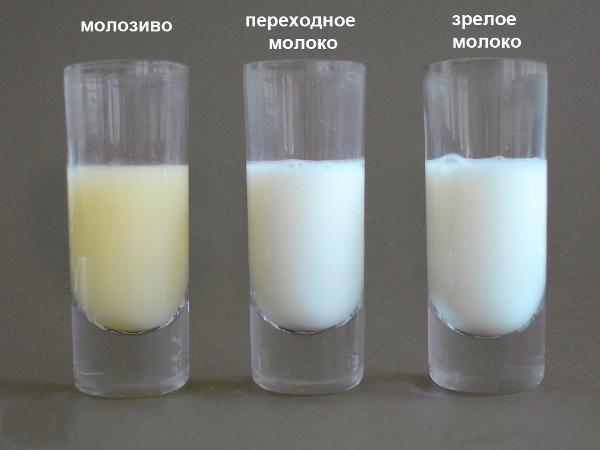
It can be determined by an example: it turned out that there were 48 grams of cream per 300 grams of milk. You need to calculate the percentage of cream: 48/300 * 100% = 16. The standard creamy fat coefficient is 0.25 (at 15%), 0.01 should be added to it, it turns out 0.26. Then you need to calculate the concentration of milk: 16% * 0.26 = 4.16%.
What can affect the final fat content
It is important to take into account that the percentage of dairy products can be increased under several conditions:
- the thinnest are the first streams of milk milked from the udder. They contain only 1% fat;
- the thickest is the last (back) milk;
- more fatty and thicker milk in cows fed on a balanced feed during the dry period - if the farmer prepares cattle feed fortified with vitamins, minerals, proteins, fats and carbohydrates.
Depending on the breed, the milk will also be more or less fatty. Usually cows producing less milk will have more concentrated milk and vice versa.
Throughout the summer period, cows are grazed on pastures, so the milk acquires not only natural concentration, but also positive taste, as well as a pleasant creamy shade.In winter, to maintain the fat content at the proper level, cattle must be fed in a balanced way - give hay, grass flour, silage, vegetables, cereals with boiled root vegetables and vegetables.
